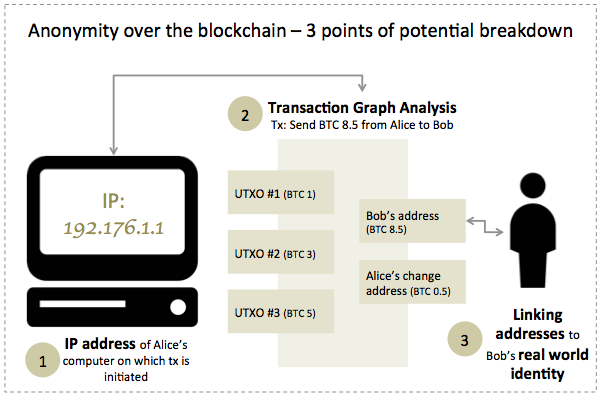1. Introduction
In the physical realm, paper fiat currencies are almost impossible to duplicate. As a result, a spent US Dollar bill cannot be concurrently used by the same payor in a different transaction. In digital space, one could also rule out double spending occurrences by setting up a central arbiter. In this case, the central authority (e.g., a bank) would decide on the fate of a transaction and enforce consensus. However, such central arbiters do not exist in decentralized structures. Up until Bitcoin, all decentralized attempts suffered from the possibility of duplicating digital units and spending them more than once.
Any decentralized solution to the double spending problem requires the relevant participants to reach consensus and agree on the ordering of transactions. This will ensure the recording of when digital unit(s) of money were spent and invalidate any attempt by their previous owner to reuse them. Bitcoin’s innovation lies in its ability to offer such a solution even when a minority of participants may act maliciously. The elements of the Bitcoin Consensus (also known as the Nakamoto Consensus) span transactions, blocks and the blockchain. We will discuss them in a subsequent post. In this chapter, we introduce the problem of reaching consensus in distributed systems, of which the Bitcoin network is an instance.
In section 2, we provide a brief introduction to these systems and highlight the intimate bond between a consensus problem and the underlying system parameters. The set of relevant parameters typically includes the network topology, the nodes configuration, the reliability of the communication channel, the synchronicity model, the types of messages exchanged, the failure regime of nodes, and whether consensus is achieved in a deterministic or a randomized way.
In section 3, we discuss the classical Byzantine Generals Problem (BGP) introduced by Lamport et al. [5], [6]. The classical BGP result is easy to state but its proof is not necessarily straightforward. Given its importance and historical value, we revisit the proof in the hope of making it easier to follow. The Byzantine Generals Problem became an allegorical representation of that of reaching consensus in distributed systems. It is commonly stated that “Bitcoin solves the BGP”. However, Bitcoin’s consensus problem is defined on a system whose parameters differ from those of the classical BGP. We will revisit this in a subsequent post.
In section 4, we look at a different class of system models which includes fully asynchronous distributed systems over which consensus must be achieved deterministically. We state and prove the seminal result that such a consensus is impossible to achieve in the presence of even a single faulty node. This is known as the FLP impossibility result in reference to its authors Michael J. Fischer, Nancy Lynch, and Mike Paterson.
Read the rest of this entry »

